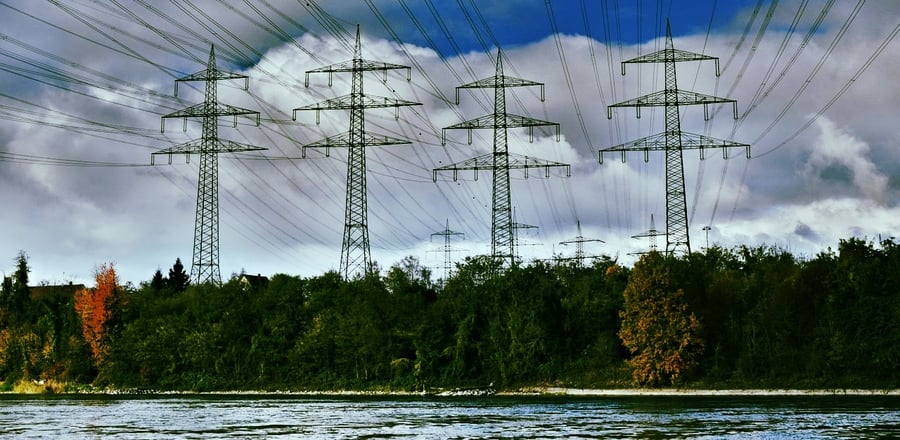
While policy wonks wait with bated breath for release of EPA’s final Clean Power Plan, some of us in the advanced energy industry are just as eagerly awaiting EPA’s draft Federal Plan for compliance, which will be revealed at the same time. Why the excitement about a Federal Plan? Because the stakes are high: Not only will the Federal Plan serve as a model for states as they begin to consider compliance options for the final CPP, it will apply to any state that does not submit a plan that passes muster with EPA. Questions have been raised about whether EPA can incorporate advanced energy options like energy efficiency and demand response, renewable energy, and advanced grid technologies into a Federal Plan for compliance. Our answer: Yes, it can.
As readers of this blog well know, advanced energy technologies provide numerous benefits for our electric power system. Under the CPP, advanced energy can improve reliability, increase flexibility, and produce energy savings all while contributing to emission reductions. The Federal Plan, like any state plan, can best achieve the goals of the CPP by harnessing the vast potential of advanced energy, including not only renewable energy and energy efficiency, but also demand response, energy storage, transmission and distribution efficiency, etc.
That said, advanced energy could fare differently depending on the design of the Federal Plan. Either a mass-based or a rate-based plan could be drafted to optimize the benefits from advanced energy, and AEE could support a well-crafted version of either. And while both approaches are well within EPA’s wheelhouse, a rate-based plan has been perceived as more challenging to implement. To that end, we have outlined in our white paper design elements of a rate-based Federal Plan that would give advanced energy technology a role in compliance options. The plan we have outlined is well within EPA’s authority, and is consistent with EPA’s other obligations in rulemaking: it’s easy to administer, clear, and consistent with the goals of the CPP.
Specifically, AEE recommends that a Federal Plan based on emissions-rate compliance do the following:
- Allow electric generating units (EGUs) to voluntarily utilize the market-based mechanism of rate-based trading, allowing interstate credit trading among states under the Federal Plan and with any state under a state plan that includes appropriate links to the Federal Plan;
- allow EGUs, if they choose, to comply in part through purchase of emission reduction credits generated by a wide array of advanced energy providers – including zero- and low-emission generation resources and demand-side resources – in an amount based on the contribution to the state’s emission reductions;
- require verification and participation in a tracking registry for any resource seeking to generate tradable credits; and
- phase in the emission limitation for each unit to provide both a clear market signal and sufficient flexibility for appropriate planning through the use of emission reduction milestones coupled with flexibility mechanisms such as multi-year compliance periods and banking of emission credits (including credits generated before the 2020 mandatory compliance start date).
Our paper shows that a Federal Plan can reduce costs for states by making full use of energy efficiency and demand response, renewable energy, and other advanced energy technologies. Utilities, independent power producers, and their parent companies are already investing in these and similar resources. Even in states that decline to develop their own implementation plans, EPA can slash compliance costs by allowing voluntary trading of emission reduction credits generated by these resources, a practice very familiar to the agency and industry.
For more details on how an EPA Federal Plan can use advanced energy to reduce costs for states, download “Design Principles for a Rate-Based Federal Plan Under EPA’s Clean Power Plan.”
